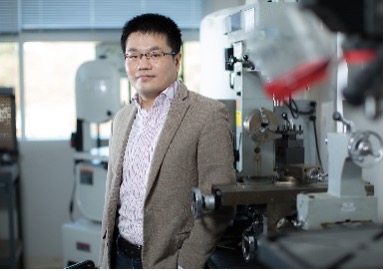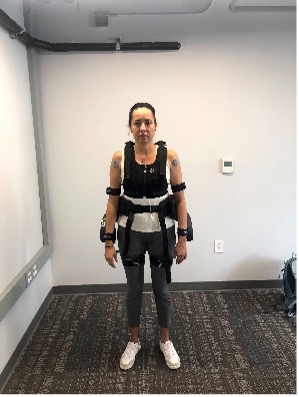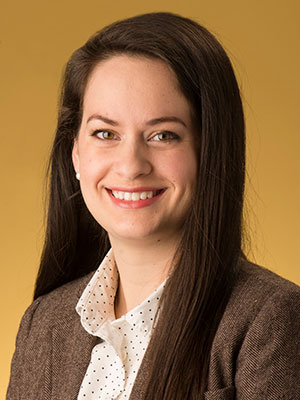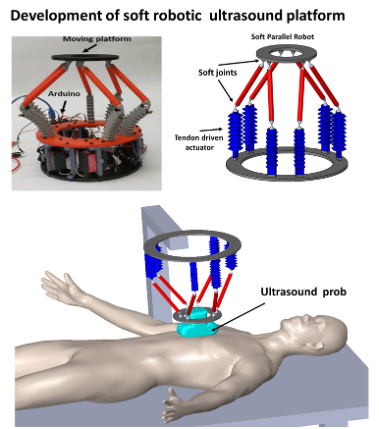Faculty Researcher Profiles
Bo Li, Mechanical Engineering
Dr. Li’s research aims to develop self-assembled electronically active biosystems for artificial intelligence and next generation electronics. His research directly addresses the fundamental scientific issues by leveraging a unique set of skills in innovative materials synthesis and characterization.

Valentina Nino, Industrial and Systems Engineering
Our research focuses on transforming healthcare delivery systems through the integration of technology and the design and development of human-centered work environments.
The goal of our research is to revolutionize the way complex systems (especially healthcare services) deliver their services by making them more efficient, effective, proactive, and patient-centered (customer-centered).

-
Amy Gruss, Civil and Environmental Engineering

Gruss Receives NSF EEC Award to Study Arts-based Observation andDeveloping Perspective-taking in First-year Engineering Students Amy Borello Gruss, Assoc. Professor, Environment Engineeringin the Dept. of Civil and Environmental Engineering
This award through the National Science Foundation's Division of Engineering Education and Centers (EEC) awards $199,998 for Research Initiation on Developing perspective-taking in first-year engineering students using arts-based observation.
By immersing students in art analysis at KSU’s Zuckerman Museum of Art, the aim is to enrich critical thinking and attentive listening skills that can be directly applied to their engineering design projects. The study, led by Dr. Gruss, delves into the development of perspective-taking abilities in freshman engineering students through arts-based observation. This innovative approach strives to cultivate engineers who excel in technical aspects and exhibit empathy and adept problem-solving skills, preparing them for future success.
The museum's open space and freedom create an atmosphere and environment conducive to discussion and interaction of ideas. The expanded environment can allow engineering students to collaborate and utilize their interpersonal skills to learn more about intellectual concepts, designs, and solutions that are transferable to the classroom, the lab, and collaboration.
Research indicates that while students may acquire technical proficiency throughout their academic journey, they often lack the essential interpersonal skills required for effective collaboration. By integrating Visual Thinking Strategies (VTS) as a means to hone communication and attentive listening, students can enhance their capacity for teamwork. Implementing VTS activities in a trial course resulted in a noticeable rise in students' inclination towards teamwork, as evidenced by the Collective Orientation instrument.
Overall, utilizing art exhibitions as a non-intimidating platform to elevate teamwork experiences showcases the potential to boost students' interpersonal skills and equip them for prosperous careers in the field of engineering. This method not only fosters technical prowess but also fosters a collaborative and attentive mindset among future engineers.
-
Mahyar Amirgholy, Civil and Environmental Engineering
Mahyar's group focuses on a broad range of research topics in emerging transportation technologies, from the cooperative control of connected and automated vehicles and AI-based modeling of urban networks to predictive impact analysis of increasing electric vehicle adoption on power grids and greenhouse gas emissions. Their research leverages advanced machine learning and reinforcement learning approaches to develop innovative solutions for intelligent, efficient, and sustainable transportation in the cities of the future. -
Amir Ali Moghadam, Robotics and Mechatronics Engineering
Dr. Amir Ali Amiri Moghadam is a leading expert in the emerging field of soft robotics, with a focus on developing advanced medical robotic systems, including surgical and diagnostic applications. He is a pioneer in the innovative field of soft parallel robotics, having developed five novel soft parallel robots, which have led to the filing of two patents.
The figure shows a robotic ultrasound platform equipped with a six DOF soft parallel robot from AMIR lab


















